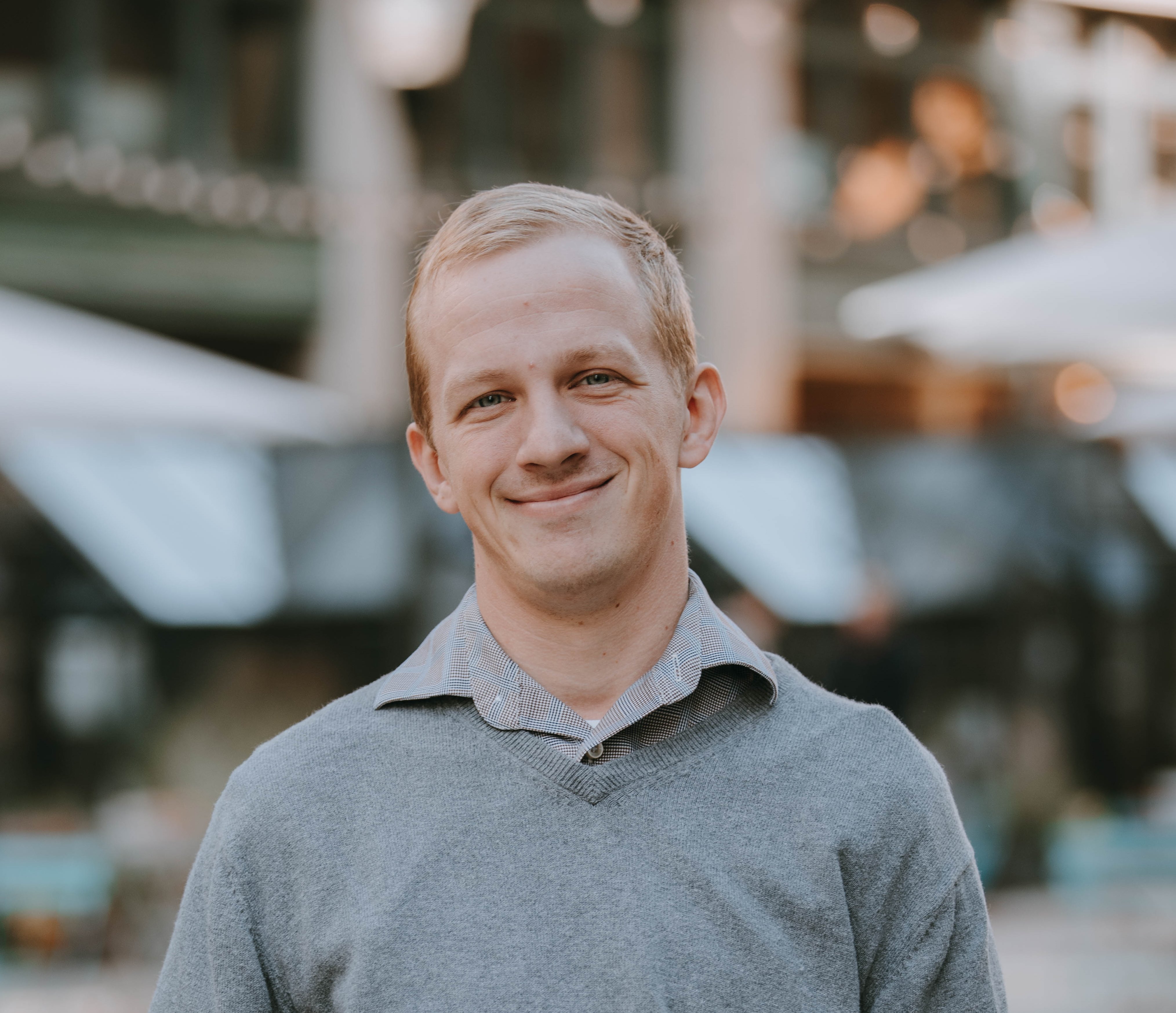‘Catholics need you to live out your vocation as Orthodox believers’ archbishops says at St. Nicholas ecumenical service
TROY — Praying vespers with his brother in Christ, Detroit Archbishop Allen H. Vigneron challenged Catholic and Orthodox worshipers to “become myrrh.”
Archbishop Vigneron prayed evening vespers with Detroit Greek Orthodox Metropolitan Nicholas on Dec. 5 at St. Nicholas Greek Orthodox Church in Troy for the vigil of St. Nicholas, a display of Christian ecumenism in honoring a saint and bishop revered in both rites.
His Eminence Metropolitan Nicholas welcomed Archbishop Vigneron, Catholic clergy and laity in attendance, noting how he and Archbishop Vigneron have a tradition of praying together in an Orthodox Church on the Vigil of St. Nicholas, and at the Cathedral of the Most Blessed Sacrament on the Vigil of SS. Joachim and Anne.
“We have started this gracious gesture, twice a year, where we go to one another’s churches and exchange cultures for the day,” Metropolitan Nicholas said. “I’m here to tell you we are brothers in Christ, and more than anything, we are family.”

Those gathered at St. Nicholas parish Dec. 5 prayed the Great Vespers of St. Nicholas the Wonder Worker, a fourth-century bishop of the ancient Greek city of Myra, located in modern-day Turkey.
Archbishop Vigneron delivered the homily, reflecting on how the author of the text used for evening prayers saw the poetic similarity between the city where St. Nicholas was bishop, Myra, and myrrh, a fragrant oil used for consecration in the ancient world.
“You see the poet who wrote these verses plays on these two similar words to help us understand this particular grace made available to us on this fest day,” Archbishop Vigneron said. “When St. Nicholas was anointed with myrrh, it was revealed he would become true myrrh himself. If we embrace that truth, we will better understand our identity as those who also have been anointed to proclaim Christ.”
Archbishop Vigneron noted St. Nicholas’ role in rebuking the heresy of Arius – who denied the divinity of Jesus and the Holy Trinity – and how St. Nicholas gave witness at the Council of Nicaea.
“The text underscores this fact, that when the Holy Spirit instilled in the mind of Nicholas, Bishop of Myra, he had great and true insight into the divine nature of Jesus Christ,” Archbishop Vigneron said. “Therefore, he was able – in courage – to confess Jesus was the only begotten Son of the Father, God from God, light from true light, as you and I, and all of us, say in the Nicene Creed – that He is consubstantial with the Father.”
Archbishop Vigneron noted that once oil is applied to skin or clothing, it sinks in and is difficult to remove, just as St. Nicholas became soaked in Christ’s grace when he proclaimed the eternal divinity of Jesus.
“Nicholas had this deep profound insight into Jesus – that Jesus is God the Son, and with that, the Holy Hierarch Nicholas would become himself, by grace, what Jesus is by nature,” Archbishop Vigneron said. “He was filled with the divine light, because he confessed – understood – the life of Jesus is divine. So Nicholas, in a way, was divine by what he proclaimed.”
Just as St. Nicholas became the myrrh by what he proclaimed at Nicaea, Archbishop Vigneron challenged the congregation to become the myrrh in what they proclaim and do in spreading the kingdom of Christ.

“You in this parish, in keeping the faith in acts of love, are – as the text predicts – becoming the myrrh,” Archbishop Vigneron said. “This began … for all of us when we were chrismated – what we call in the Latin Church the Sacrament of Confirmation. [With] this anointing with sacred chrism, we become what Nicholas had become.”
Speaking as the leader of the Latin-rite church in southeast Michigan, Archbishop Vigneron invited Orthodox believers to help their Catholic brothers and sisters proclaim the Kingdom of God to the region.
“This is our great task: to live the Christian life in the 21st century here in southeast Michigan, to stand as the witness to the divine light that has been poured into your soul,” Archbishop Vigneron said. “This is your personal vocation … your vocation to live this Orthodox faith here in our community. I need you to do this. My Catholic people need you to live this Orthodox life by all you say and do. I need you to be myrrh.”
After vespers, the congregation had the opportunity to venerate a relic of St. Nicholas and to take part in a ritual eating of five loaves of bread, commemorating Jesus feeding the 5,000.
For Catholic parishioners, the ecumenical service was an opportunity to experience the beauty of the Greek Orthodox Church and its similarity with the Roman Catholic faith.
“I love the efforts of ecumenism, and the Orthodox Church is beautiful, with a very rich liturgy that is just beautiful,” said Natalia Cappella, a staff member at Sacred Heart Major Seminary. “When Archbishop Vigneron spoke about co-existing and how we need each other to live our vocations, I found that really beautiful and encouraging.
“I enjoy the richness of the Orthodox liturgy, the differences and similarities to the Latin Rite,” Cappella continued. “You see the differences in the liturgy, but you still have the real presence of Christ in the Blessed Sacrament, just like we do. It shows we have our differences, but also our commonality.”










